If you’re using a projector and notice that the image is green, you’re not alone. This is one of the most common issues with projectors, and it can be frustrating when you don’t know how to fix it. In this article, we’ll discuss why your projector might be showing a green image and what you can do to correct it. We’ll also provide some helpful tips on how to get the best picture quality from your projector.
Why is my projector green?
There are a few possible reasons why your projector might be displaying a green image. The most common reason is that the colors in your projected image are not balanced correctly. This can happen if you’re using an outdated or incorrect color profile for your projector. Another possibility is that your projector’s bulb is starting to wear out and needs to be replaced. If you’ve been using your projector regularly, it’s also possible that dust has built up on the lens, which can cause the image to appear green. [1]
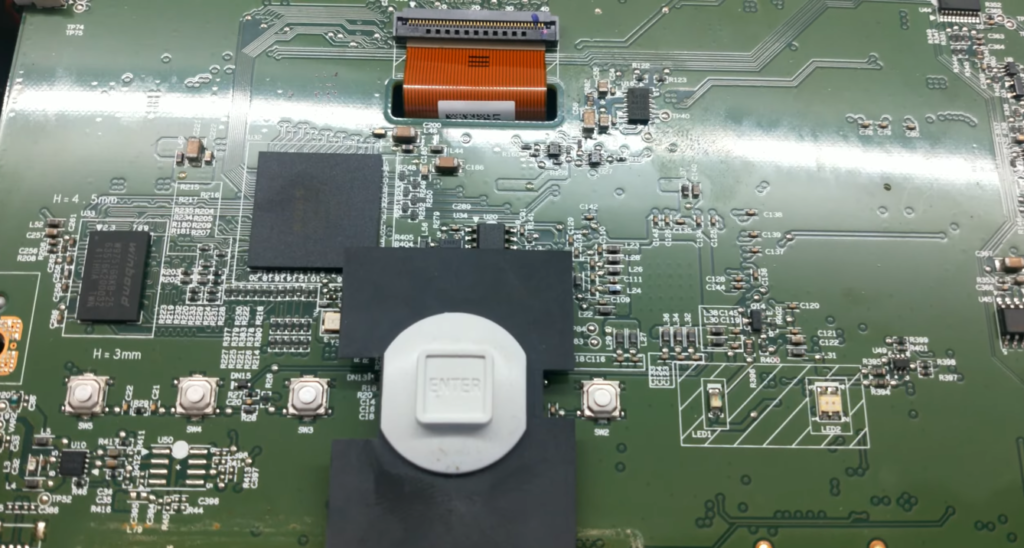
What can make your show green?
The cables are not well connected
One of the most common reasons why your show is green is that the cables are not well connected. If you’re using an HDMI cable, make sure that it’s securely plugged into both the projector and the device you’re trying to project from.
The VGA cord is bad
If you’re using a VGA cord to connect your laptop to the projector and the image is green, it’s likely that the cord is bad. Try using a different VGA cord or connecting your laptop to the projector with a different type of cable.
If you’re still seeing a green image, there could be something wrong with the projector itself. Try contacting the projector’s manufacturer for troubleshooting help. [1]
The projector is not set to the correct input signal setting
This is the most common reason your projector’s image may be green. If you’re not sure what input signal your projector should be set to, consult your projector’s manual or contact the manufacturer.
If you are using an HDMI cable to connect your computer to the projector, make sure that the HDMI port on the projector is set to the correct input. To do this, press the Source button on the projector remote control until the HDMI input is selected. [1]
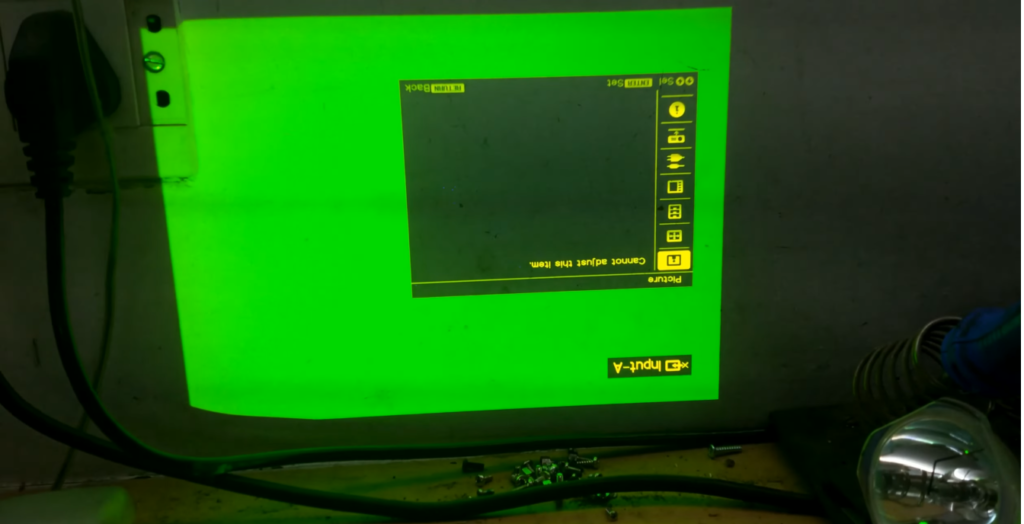
The tri-colored disk is stuck at color green
If the tri-colored disk is stuck at color green, it could be due to a number of reasons. One possibility is that the projector’s color wheel may be damaged or defective. If this is the case, then you will need to replace the color wheel. Another possibility is that there may be something blocking the path of the light from reaching the display panel. This could be caused by debris build-up on the lens or a faulty shutter assembly. If this is the case, then you will need to clean the lens and/or replace the shutter assembly. [1]
Misconfiguration of YPbPr and RGB
One of the most common causes of a “green” projector is actually a misconfiguration of the YPbPr and RGB colors. If you have your projector set to display in YPbPr mode instead of RGB, it will likely appear green. This is because the Y (luminance) signal is dominant in this color space, and green is opposite yellow on the color wheel. To fix this, simply change your projector’s color setting to RGB.
If your projector is still displaying a green image after changing the color setting to RGB, it’s possible that the red and blue color signals are swapped. This can be easily corrected by going into your projector’s menu and swapping the red and blue channels. Once you’ve done this, your image should appear normal. [2]
If you’re still having trouble with a green projector, there are a few other potential causes that you can check out. Keep reading to learn more!
Having an old Projector
One of the most common reasons why your projector may be displaying a greenish picture is simply because it’s old. If your projector is more than a few years old, the image quality will likely degrade over time, and you may start to see a green tint in the picture. This is especially true if you haven’t properly maintained your projector and kept it clean. Dust and other debris can build up on the lens and cause the image to become distorted.
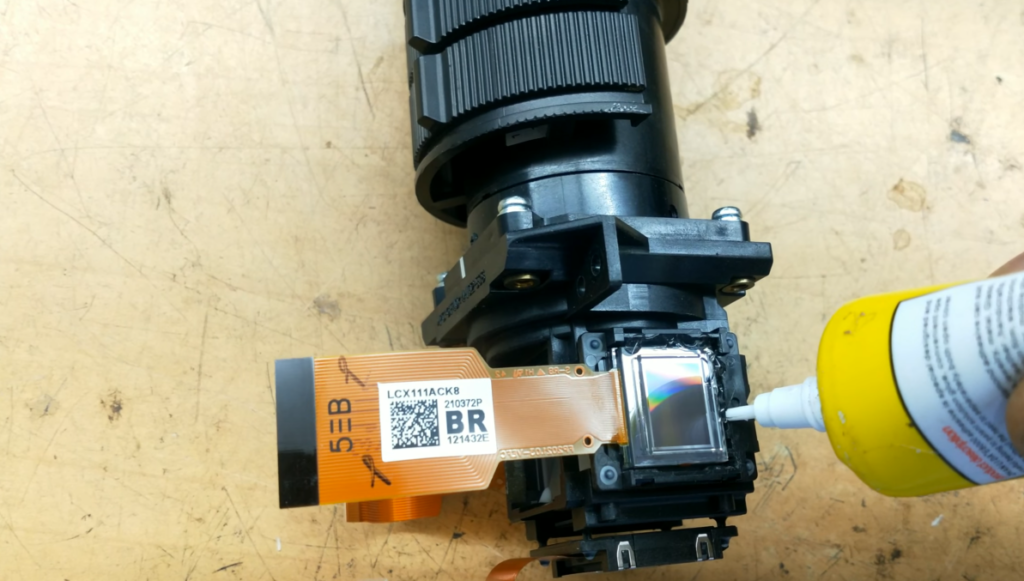
If you think your projector’s age might be causing the green tint, try cleaning the lens first. If that doesn’t improve the situation, then it’s probably time to start shopping for a new projector. [2]
Green spot due to projector burnt polarizer
If you see a green spot on your projector, it is likely due to the projector’s polarizer being burnt.
To fix this, you will need to replace the projector’s polarizer. This is not a difficult task and can be done by following some simple instructions. Once you have replaced the polarizer, the green spot should be gone and your projector will be back to normal. [4]
Warm Tips
If your projector is still in warranty, please contact the customer service of your projector brand asap.
If you are not sure what’s wrong with your projector or how to fix it, please read on. This article will provide some useful insights and tips.
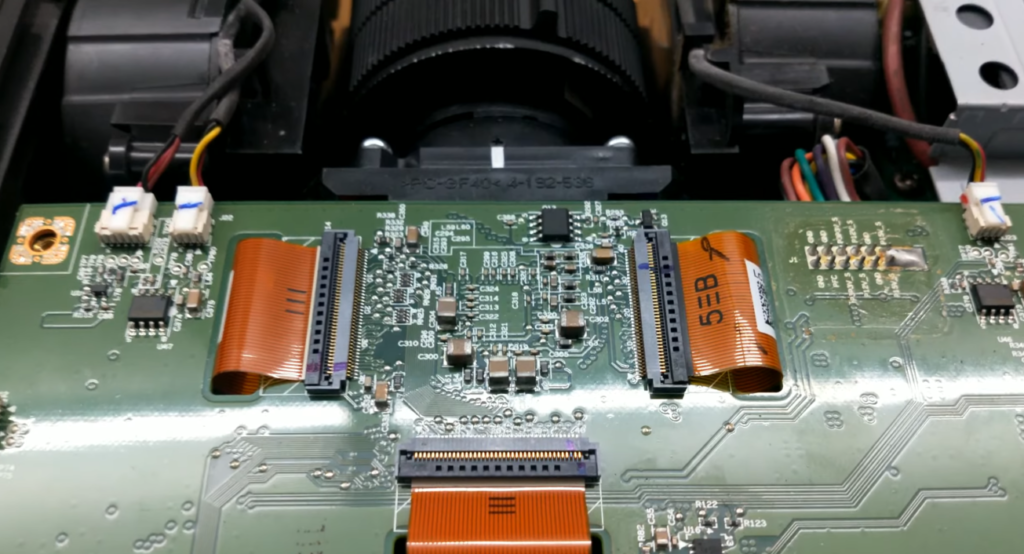
First, let’s start with some basics. Your projector uses a color wheel to project images. The color wheel has different colors that it projects in sequence. When one of these colors is out of alignment, it can cause a green tint on your projected image.
There are several possible causes for this issue:
- the Color Wheel might be defective
- the Projection Lamp might be loose
- the Projector might be dusty [2]
How to fix the green tint in the LCD and DLP video projector?
If you have a green tint on your LCD or DLP video projector, it is probably due to one of the following reasons:
- The color wheel in your projector is not spinning correctly. This can be caused by a defective motor or by debris in the wheel itself.
- The lamp in your projector is burned out. If this is the case, you will need to replace the lamp.
- There may be something wrong with the color management system in your projector. If this is the case, you will need to contact the manufacturer for assistance. [2]
How to Fix Green Screen on Projector?
Check Cable Connection
If you have a green screen on your projector, the first thing you should check is the cable connection. Make sure that all cables are properly connected and secure.
In some cases, the problem may be with the HDMI cable. If you are using an HDMI cable, try disconnecting it and reconnecting it to see if that fixes the problem. [3]
Incoming Signal Setting
The first thing you should check is your incoming signal setting. If you have an HDCP-compliant device, such as a Blu-ray player, and you’ve connected it to an HDMI input on your projector that isn’t HDCP compliant, then you’ll see a green screen. To fix this, simply change the input setting on your projector to match the device you’re trying to connect. [3]
Replace Color Wheel
If your projector’s color wheel is damaged, it could be the cause of the green tint. Replacing the color wheel should fix the problem.
Another possible reason for a green tint is that one of the colors in your projector’s color palette is set to green. To fix this, you’ll need to adjust the settings in your projector’s control panel. Look for a setting that says “color” or “hue.” Adjusting this setting should remove the green tint from your projection. [3]
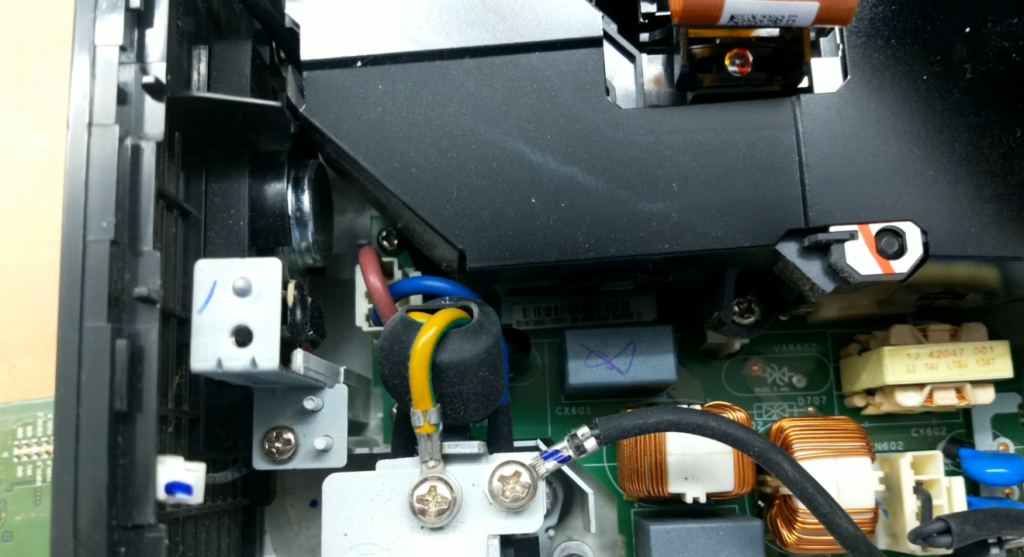
Get New Projector
If your projector is still under warranty, the first step is to check if the projector lamps are covered. If they are, then you can get new ones for free or at a reduced cost. Many projector manufacturers have Lamp Life Programs that offer replacement lamps at a discount.
To find out if your projector is still under warranty, check the manufacturer’s website or contact their customer support. Once you know whether or not the lamps are covered, follow the instructions on how to get new ones. This usually involves sending in the old lamps and getting new ones shipped to you. [3]
FAQ
Why is my projector changing colors?
If you have a green projector, it’s likely that the colors are changing because the projector is trying to correct for an incorrect color balance. This can happen if the projector is not properly calibrated, or if it’s been set to display in a mode that doesn’t accurately represent the colors in the input signal.
Do projectors work on a green screen?
Yes, they do! In fact, many projectors are designed to work with green screens. This is because the green color is easy for the projector to key out, which means that it can be used as a background for images or videos.
Does your wall have to be white for a projector?
No, your wall does not have to be white for a projector. In fact, you can project onto any surface, including walls of different colors. However, if you want to achieve the best possible image quality, we recommend using a white or light-colored wall. This will help reflect more light and produce a brighter image.
If you absolutely must use a dark-colored wall, there are a few things you can do to counteract the effects. First, try projecting from a closer distance. This will increase the amount of light that hits the screen and make the image appear brighter. You can also try using a higher lumens rating projector; this will emit more light and make the image easier to see. Finally, consider using a projector with an LED light source; these projectors tend to be brighter than those with traditional lamps.
What color should a projector wall be?
There’s no “right” answer to this question – it depends on personal preference and the look you’re going for in your home theater. However, we generally recommend a light-colored wall for projector use. Light colors reflect more light, which can help brighten up your image. Dark colors absorb light, which can make your image appear dimmer.
If you do choose a dark-colored wall, we recommend painting it with a special “projector screen” paint that’s designed to maximize light reflection. These paints are usually white or very light gray in color.
Another thing to consider is the material of your wall. A flat, smooth surface will give you the best results, but any surface will work as long as it’s not too textured.
What Color is best to project onto?
This is a common question, and there are a couple of things to consider. The first is what color you want your projection to be. If you want a white or light-colored projection, then you will want to use a green projector. Green projectors emit less blue light than other colors, which can make your projection appear brighter. However, if you want a darker or more saturated color, then you may want to use a different color projector.
Can you project on black wall?
Yes, you can project on black wall. However, if your projector is green, it may be difficult to see the image. Black walls can also absorb light, which may make the image appear dimmer than it would on a white or light-colored wall. If you are having difficulty seeing the image on a black wall, try moving the projector closer to the wall or using a brighter bulb. You may also want to consider painting the wall behind the projector screen white to help reflect more light onto the screen.
Another option is to use a projection screen designed for black walls. These screens are usually made of special material that helps reflect more light back toward the projector and improve image quality.
Do projectors work in daylight?
It’s a common misconception that projectors don’t work in daylight. In reality, most projectors will work just fine in daytime conditions, as long as there is enough contrast between the projector screen and the surrounding area.
However, it’s worth noting that projectors tend to produce a more vibrant and saturated image when used in low light conditions. So if you’re looking for the best possible picture quality, it’s always best to use your projector in a dark room.
Which screen is best for a projector?
When it comes to choosing a projector screen, there are a few things you need to take into account. First of all, you need to decide what material you want your screen to be made out of. The most popular options are PVC and fabric, but there are also screens made from other materials such as glass or metal.
Useful Video: Sony vpl-dx120 problem is patch and green display, problem is
Conclusion
As you can see, there are a few different factors that can cause your projector to display a green image. In most cases, this is easily fixable by adjusting the settings on your projector or computer. However, if you’re still having trouble getting rid of the green tint, it’s always best to consult with a professional.
We hope this article has been helpful in troubleshooting your green projector issue. If you have any further questions or need assistance, please don’t hesitate to contact us! We’re always happy to help.
References
- https://pointerclicker.com/why-is-my-projector-green/
- https://onsme.com/why-is-my-projector-green/
- https://theaterdesire.com/why-is-my-projector-green/
- https://whathometheater.com/why-is-my-projector-screen-green/

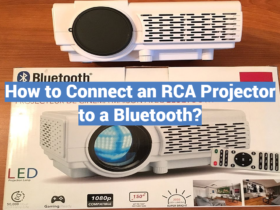


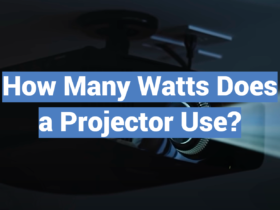
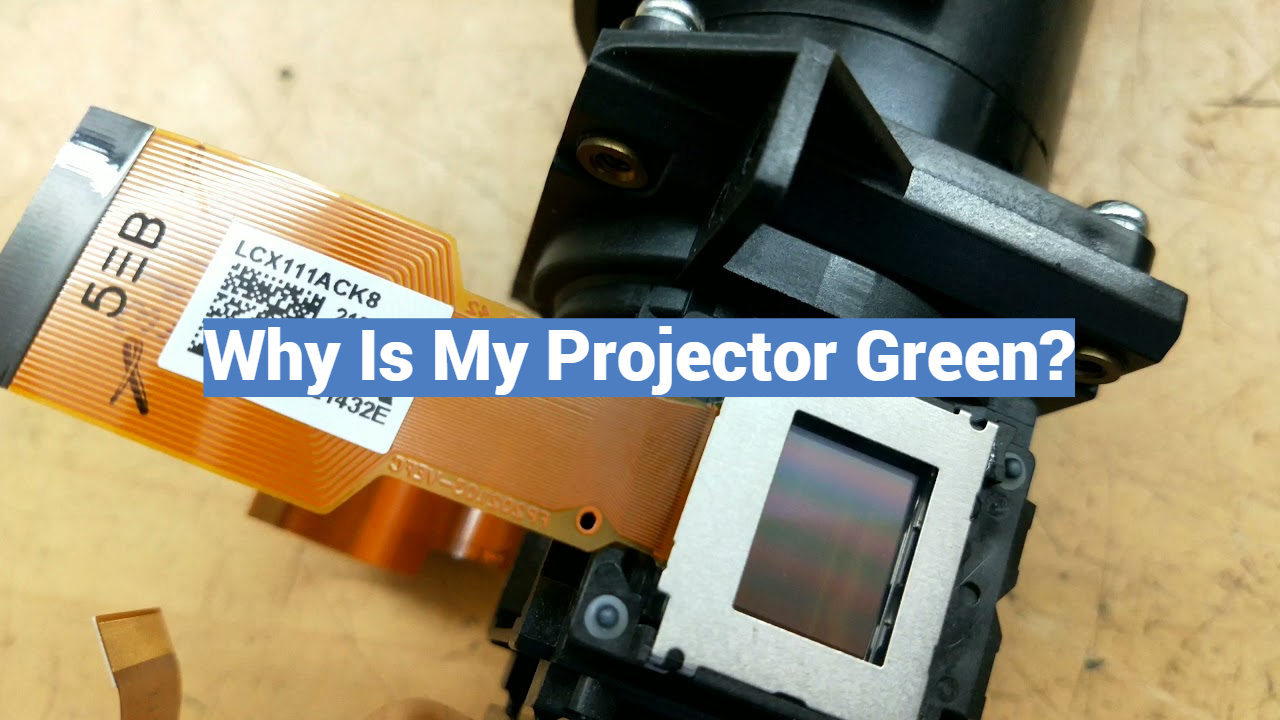

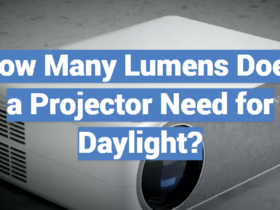
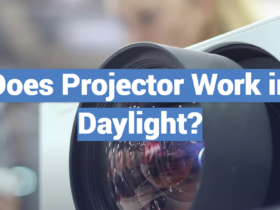
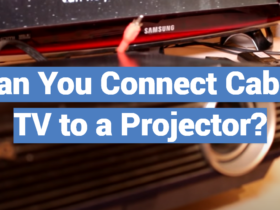
Leave a Review